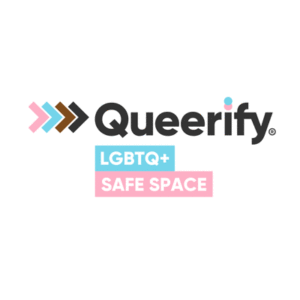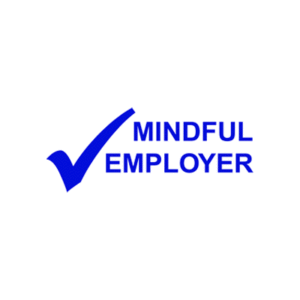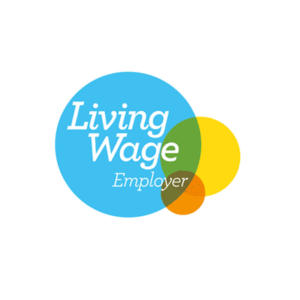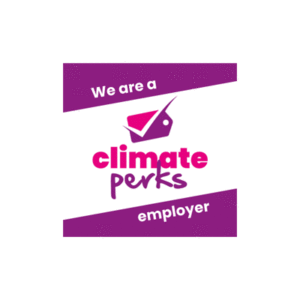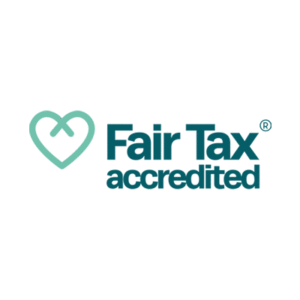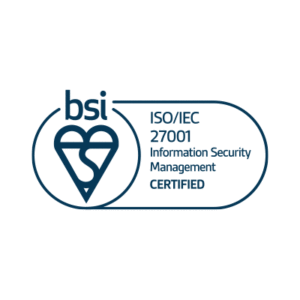All too often we are asked by charities whether they actually need a full CRM database management system. In this blog we explore the indicators that your charity can benefit from implementing CRM software.
Most organisations grow a bit chaotically over time. Different staff, volunteers or trustees will bring their own ways of doing things. New funding, new projects, and new reporting can lead to new systems. This is all quite natural, but at some point you need to ask if it’s time to sort it all out.
Here are our top 5 ways to tell if that’s you.
Our Old System… works?
We often work with charities that have a Microsoft Access database. This has often been set up for them by a computer-minded trustee or volunteer, many years ago. It was perfectly good at the time, and an improvement on what was there before.
But it’s creaking now. It might be the years of data, or the various changes over the years. The volunteer who originally created it is no longer around and no-one’s quite sure how it works of what can replace it. Changes are somewhere in the range of ‘impossible’ to ‘risky’. Impossible because the structure has been password protected… and no-one knows the password. Risky because no-one is very sure how it works, and so changes… might be OK?
Data All Over
‘Youth Project Member Data(Copy 3) – MP version Dec2021 – MASTER 2.xlsx’
If you recognise filenames something like that – it’s definitely time to switch to a charity CRM software. Is this really the master copy? Or is there a MASTER 3 somewhere?
A variation on this is
- Youth Project members.xlsx
- Health Support and Mentoring.xlsx
- Referral Word docs folder
- Peer Advice 2021.xlsx
- School List (updated).xlsx
- Outcomes (MH).xlsx
- Outcome reporting calculations DO NOT EDIT.xlsx
- GP surgeries.docx
And so on. These may or may not be in the same place – more likely, each member of staff or team has their own folders and files a bit like this. The same people probably occur in some of the files.
It’s time to bring it all into one place. One set of data which can be cut in many ways for various needs.
Reporting Is Hard
Lets be real here. You have your Management Committee to report to. Then there’s all the different funders, with different timetables and data requirements. Some of them have different categories or groupings (age bands, anyone?). And the really mean ones make you code your data, so that ‘Female’ has to become ‘01’ and so on!
This type of reporting then has to be done every month or quarter. Then there’s the annual reports, which are even worse.
There’s those spreadsheets with the mysterious formulae in them which seem to work but figuring them out is basically impossible. You think all the references are correct still – but are they?
As you can see, we understand how it can be for charities. We have worked with many charities in these situations and helped them sort it all out. This all takes you far too long. Especially if you also suffer from ‘Data All Over’. You have to plan your annual leave to avoid the worst of it because trying to explain to your colleague how to get that particular set of reports is too complicated.
If this sounds like you, you need a charity CRM. A single source of data, good structure, and your report templates all ready to run in a click or two.
We Don’t Know What We’ve Got
How confident are you that you’re compliant with the various regulations around data? If you don’t know what data you have, you can’t know whether you have a legitimate basis for collecting and storing it.
What if someone sends you a Subject Access Request for their data? Do you know where everything involving them is? Could you provide it to them?
If you’re not sure what information you have, or who it’s about, you probably need to add some red-flagged compliance risks to your risk register.
Sensitive Data Isn’t Controlled
Who can access the data you hold? Who can change it? Who could delete it all if they were so minded?
Much of the data held by charities is very sensitive personal information. It identifies individuals and may have health information, counselling notes, criminal records, personal demographics, and more. Are you confident that it’s stored sufficiently securely?
For example, do you let service users use a computer on our network to print a CV or check their email? Are the computers on the same network?. Is your the office fairly open to people popping in and out, with lots of volunteers?
A charity CRM is one step you can take to ensure that your data is secure and appropriately protected. It means that you can put controls on who can access it, enforce passwords and two factor authentication, and even what time of day and where it may be accessed from.
You still need to do the other things – updates, anti-virus etc – but it can be a big step forward to protecting the information, wellbeing, and trust of your service users.
Photo by Thought Catalog on Unsplash







